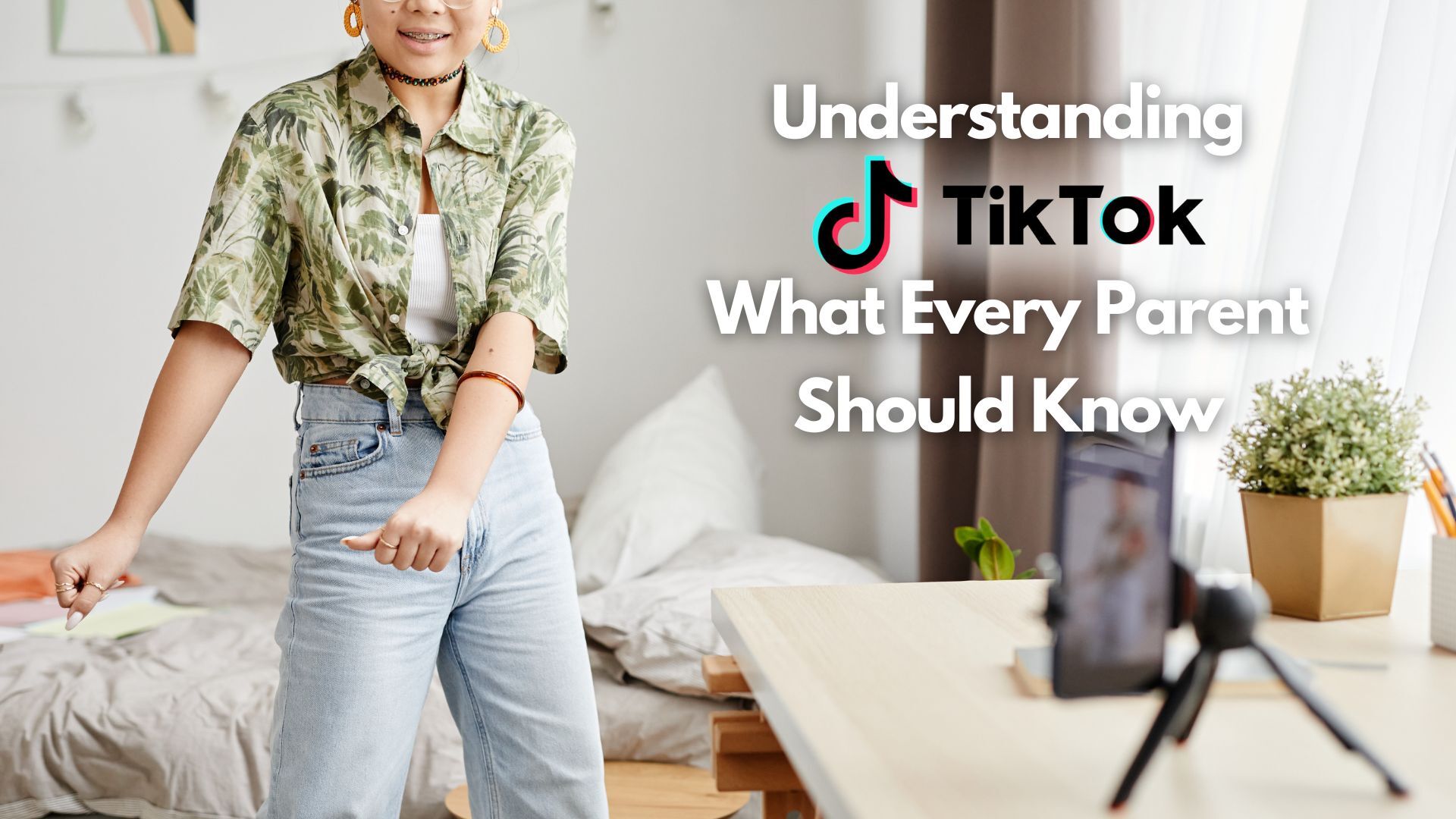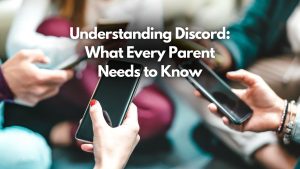TikTok has become a cultural phenomenon, captivating millions of teens with its creative videos and trending challenges. However, as one of the most popular social media platforms today, it’s essential for parents to understand both its appeal and its potential risks. For a deeper dive into this topic, our recent webinar, “TikTok Guide for Parents,” provides a comprehensive walkthrough of TikTok’s features, its impact on teens, and actionable strategies to ensure online safety.
Here’s a look at the key takeaways from the webinar.
What Makes TikTok So Popular?
For teens, TikTok is more than just an app—it’s a dynamic space for creativity, connection, and entertainment. The platform allows users to create and share videos with music, effects, and filters, making it an exciting tool for self-expression.
Here’s why teens love it:
-
Creative Tools: TikTok’s editing features and trends inspire endless creativity, making it a playground for self-expression.
-
Social Connection: With tools like duets, comments, and messaging, teens feel deeply connected to peers and online communities.
-
Engaging Content: TikTok’s sophisticated algorithm curates an endless stream of videos based on user preferences, creating an addictive content loop.
Despite its popularity, it’s crucial for parents to recognize the potential downsides, particularly for younger users.
The Risks Every Parent Should Understand
While TikTok offers opportunities for fun and creativity, it also comes with risks that require parental awareness. From the webinar, here are some critical concerns every parent should know:
-
Inappropriate Content: TikTok hosts a wide variety of content, some of which is inappropriate for younger audiences. Teens can encounter sexually suggestive videos, harmful trends, and even content promoting self-harm, including videos demonstrating non-suicidal self-injury.
-
Online Predators: Public accounts allow strangers to comment on, message, and engage with teens, opening doors for grooming and exploitation. Predators often use TikTok’s social validation structure—likes and praise—to build trust with vulnerable users.
-
Mental Health Concerns: The platform’s constant comparison culture can lead to anxiety, depression, and body image issues. Since 2010, studies have shown a troubling increase in major depressive episodes and self-injury among teens, particularly girls, coinciding with the rise of social media.
-
Addictive Design: TikTok’s endless scroll and algorithm-driven recommendations are designed to maximize screen time, often at the expense of mental well-being.
Understanding these risks is the first step toward protecting your child online.
Setting Boundaries and Monitoring TikTok
TikTok includes tools like Family Pairing Mode, which allows parents to link their account to their child’s, enabling them to set screen time limits, restrict content, and manage direct messaging. However, as noted in the webinar, these tools aren’t enough on their own.
Here are additional steps you can take:
-
Start with a Conversation: Discuss why boundaries are necessary. Ask questions like, “What do you enjoy about TikTok?” to encourage open dialogue.
-
Set Rules for Social Media Use: Experts recommend no social media before age 16 and no smartphones before high school. If your child must have a phone earlier, consider options like flip phones or child-friendly devices from companies like Bark or Pinwheel.
-
Use Monitoring Tools: Apps like OurPact provide advanced monitoring capabilities. From controlling screen time to blocking apps like TikTok during specific hours, these tools ensure your child uses their devices responsibly.
It’s also essential to directly monitor your child’s activity on TikTok directly. Features like activity history allow you to review their watch history, comment activity, and search terms. Regularly checking their inbox for messages can help you stay aware of who they’re interacting with and ensure their safety.
Encouraging Healthy Digital Habits
Teaching kids to balance their online and offline lives is crucial for their overall well-being. Here’s how you can encourage healthier habits:
-
Designate Tech-Free Zones: Create device-free times, such as during meals, family activities, or before bedtime.
-
Promote Offline Activities: Encourage hobbies, sports, or outdoor play to reduce screen dependency and build skills outside the digital realm.
-
Model Responsible Behavior: Set an example by limiting your own screen time and showing the value of unplugging.
The webinar emphasized the importance of involving teens in these decisions to foster understanding and cooperation. By including them in conversations about limits, they’re more likely to embrace healthy habits.
Is TikTok Right for Your Teen?
Deciding whether your child should use TikTok depends on their age, maturity, and your ability to monitor their activity effectively. The updated recommendation from our webinar is clear:
-
Under 13: TikTok is not suitable for children under 13, even if the app allows them to join with falsified ages.
-
13 to 15: With strict supervision, private accounts, and limited screen time, TikTok may be manageable.
-
16 and Older: Older teens may be ready to navigate TikTok with clear boundaries, regular check-ins, and active parental involvement.
It’s worth reiterating that smartphones are adult devices, not designed with children in mind. Using parental controls and apps can help, but supervision and guidance are critical.
Conclusion
TikTok’s popularity among teens makes it an essential platform for parents to understand. By staying informed, setting clear boundaries, and using tools to monitor your child’s activity, you can help them enjoy TikTok responsibly while minimizing potential risks.
If you’d like to explore this topic further, we have plenty of resources to support you. For starters, our “TikTok Guide for Parents” webinar provides a detailed walkthrough of the platform’s features, potential risks, and strategies for keeping your child safe.
For a more hands-on approach, you can bring Cyber Safety Cop to your school. Our Cyber Safety Seminars for Parents provide actionable advice and personalized strategies to help families manage online safety. And if you’re looking for a deeper dive into the broader challenges of parenting in the digital age, Clayton Cranford’s book, Parenting in the Digital World, offers valuable insights. Written by one of the nation’s leading educators on social media and online safety, it answers many of the questions parents face when trying to protect their children online.
By taking advantage of these resources, you can build the confidence and knowledge needed to guide your child through the digital world. Together, we can work towards a safer, more balanced online experience for our families. With the right tools and strategies, we can help our kids thrive in a secure digital environment.




